Cn-down > Domestic news > News content
2023-08-13 来源:金绒 浏览量:1596
Summary
In the 33rd week of 2023 (8.7-8.13), the market is generally stable.
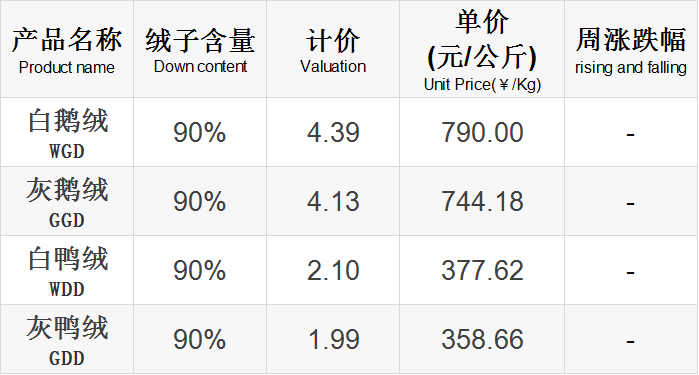
August 8 ushered in the first solar term of autumn, Beginning of Autumn. At the same time, cold air masses began to accumulate in Western Siberia and will spread to many places in Xinjiang, our country.This means that the first wave of cold air began to invade our country in the second half of the year, and it was also the earliest arrival in recent years.
In previous years, the peak season for downstream purchasing would begin at the end of August, but now the focus of down prices is still shifting downwards, which more or less reflects the supply and demand situation this year. Recently, due to scarce buying and weak market conditions, many product companies are still watching.
The huge inventory has hit the economic downturn, which means that many European and American companies may have to suffer for longer than expected. Analysts say it is difficult for companies to reduce inventories as rising borrowing costs and inflation dampen consumer demand. Many foreign clothing retailers are also facing this pressure.
Good news this week
On the afternoon of August 2, at the Hanpai men's clothing store of Yunshang·Wuhan International Fashion Center on Hanzheng Street in Wuhan, the anchor was live broadcasting to introduce this year's new down jackets. Dozens of kilometers away, the Hanpai Garment Factory's sewing machines are working non-stop and are gearing up to stock up on new autumn and winter styles such as down jackets, woolen coats, and leather jackets.
On August 7, the Yunshang·Wuhan International Fashion Center Autumn and Winter New Product Shopping Festival kicked off. More than 200 powerful Han-style men's clothing merchant stores opened their doors to welcome customers, and categories such as down, coats, and jackets all "went into battle" to interpret autumn and winter fashion.
In addition to domestic merchants, there are also many merchants from Vietnam, Australia and other countries who come here to select products and negotiate.

In the "Hangcheng" men's clothing store on the third floor of Building C of Yunshang Wuhan International Fashion Center, there are tea tables but no clothes. From time to time, customers come to inquire. They open the door and walk into the exhibition hall. There is something else inside. The exhibition hall is filled with colorful down jackets and other new autumn and winter clothing.
Huang Hang, the person in charge of Hangcheng, revealed that this year we will start making new autumn and winter models one month earlier than in previous years, and we will start to launch new models one after another in May. The current order volume has tripled year-on-year, and the factory is producing 50,000 down jackets and jackets, more than half of which are orders placed by customers.
Jin Shengxiang’s boss Lao Zhou is full of confidence in the upcoming autumn and winter peak season this year. In previous years, his factory would start making autumn and winter clothing in August, but this year it has to be made more than a month in advance, and new customers come to the store every day to inquire and place orders. Originally, his store only did business in the second half of the autumn and winter, but this year it changed to full-year business.
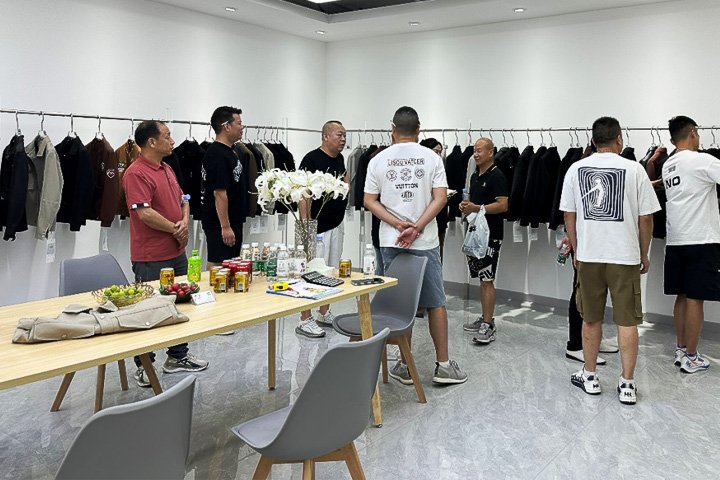
"We used to go to Guangzhou and Hangzhou to purchase goods every time the seasons changed. In recent years, the style of Wuhan Han style clothing has become significantly younger and has become a new choice for us to purchase goods. "On the 7th, Zheng De, a clothing boss from Chengdu, came to Yunshang·Wuhan International Fashion Center, Hanzheng Street, Qiaokou District, Wuhan City to purchase new autumn and winter clothing.
According to the staff of Hanpai men's clothing merchant "Three Kingdoms", this year's clothing pays more attention to product quality improvement and style innovation. At present, more than 100 new autumn and winter styles have been developed. Since June, more than 300,000 orders have been received, and orders for the whole year are expected to exceed one million.
source |
极目新闻、中国新闻网
Quang Viet, a major down jacket OEM, announced that its consolidated revenue in July was 2.092 billion yuan, an annual decrease of 15.44% and a monthly increase of 10.39%. Its operations are heating up month by month. Chairman Wu Chaobi mentioned that major sports brand customers were affected by the decline in the strength of the end consumer market, resulting in reduced orders.
However, Guangyue pointed out that the group still has orders from other sports and outdoor brand customers to maintain growth. It will also benefit from the Paris Olympics to be held next year. It has also recently received orders for Olympic styles from brand customers and is already under development. In addition, the group officially entered the Lululemon supply chain and received orders for the brand's outerwear products.
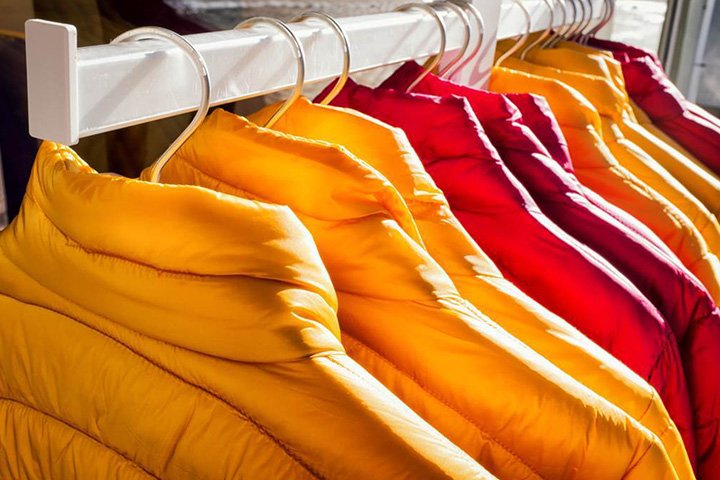
KWONG LUNG, another down jacket OEM, pointed out that the 10 expanded production lines of the Vietnam factory and the initial 6 production lines of the new Indonesian factory will still be launched in the fourth quarter. The scale of self-owned production lines will be expanded to more than 80 by the end of the year, which will help increase gross profit.
According to Guanglong statistics, in the second half of the year, due to the decrease in orders, garment revenue may be reduced by 20% compared with the same period last year. The operations of the home textile and down business units in the second half of the year will be slightly better than those in the first half and the same period last year.
source |
中时新闻网
In Guluo Village, Duhu, Taishan City, Guangdong Province, Li Baowen runs a goose farm that produces 32,000 Magang geese and lion-head geese annually. According to him, starting from the end of the year, the slaughter price of meat goose has gradually recovered, and the current price has increased by more than double compared with the same period last year.
In another large-scale breeding farm in Guluo Village, farmer Li Xianming is also very busy with orders. He said there are certain reasons for the rise in meat goose prices. "There are fewer goose seedlings this year than in previous years, because no one raised mother goose seedlings in the early stage, resulting in a decrease in goose seedlings, and the price of geese is naturally higher. "
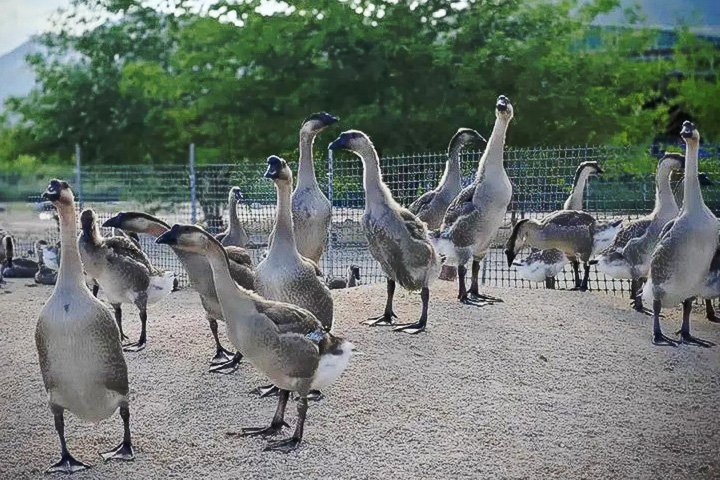
It is understood that this year, goose seedlings have been in short supply for a long time. The price of goose seedlings has increased from 25-30 yuan per pair a year ago to more than 30 yuan per goose seedling, an increase of about double. Despite this, farmers still need to order goose seedlings a month or more in advance.
As the price of meat goose rebounds, farmers are generally optimistic about the market outlook and speed up the replenishment of goose seedlings. "It is estimated that the market will be relatively stable this year and will not drop much. It will be around 17 yuan. This year our goose house has also been expanded, and each batch of geese can increase by about 3,000." Li Xianming said.
source |
台山发布
On August 9, the National Bureau of Statistics released data showing that due to factors such as overall sufficient domestic production and supply, improved demand in some industries, and international commodity price transmission, the month-on-month and year-on-year declines in the PPI (Producer Price Index) narrowed.
From a month-on-month perspective, PPI fell by 0.2%, and the decline narrowed by 0.6 percentage points from the previous month. Among them, the price of means of production fell by 0.4%, the decline narrowed by 0.7 percentage points; the price of means of living increased by 0.3% from a decrease of 0.2% in the previous month. In addition, the ex-factory price of the textile, clothing and apparel industry increased by 0.6%.
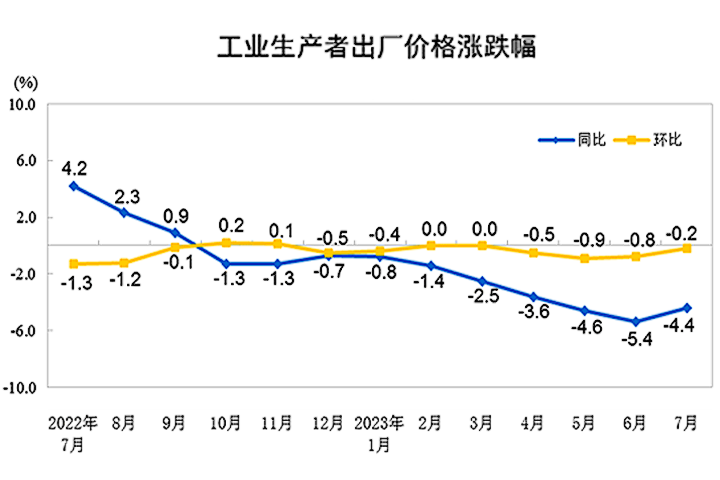
From a year-on-year perspective, PPI fell by 4.4%, and the decline narrowed by 1.0 percentage points from the previous month. Among them, the price of means of production fell by 5.5%, the decline narrowed by 1.3 percentage points; the price of living materials fell by 0.4%, the decline narrowed by 0.1 percentage point. In addition, the ex-factory price of the textile, clothing and apparel industry increased by 1.2%.
Among the purchasing prices for industrial producers, the price of textile raw materials increased by 0.2% month-on-month and decreased by 3.8% year-on-year.
The year-on-year and month-on-month contraction in PPI will help reduce the production costs of some mid- and downstream manufacturing industries and boost the enthusiasm of enterprises; however, there is still an imbalance between supply and demand in the market, and the overall ex-factory price of industrial products is sluggish, affecting the overall profit performance of the industrial sector.
source |
央广网、金融界
Bad news this week
According to a report by the Washington Post on August 6, many companies, such as Hewlett-Packard, Stanley Black & Decker, Lego and others, have been adjusting their supply chains in recent years, either to avoid the risks caused by competition between superpowers or to produce products closer to consumers.
Therefore, China's role as a global manufacturing center may face the most severe challenge since joining the WTO. Mexico, Vietnam, and Thailand are constantly eroding China's dominance, even though these countries lack China's size and world-class infrastructure.
The report stated that currently, 1 out of every 6 US dollars Americans spend on imported products is spent on Chinese products, while before the COVID-19 epidemic, 1 out of every 4 US dollars was spent on Chinese products. Official U.S. data show that U.S. imports from China plummeted 24% in the first five months of this year.
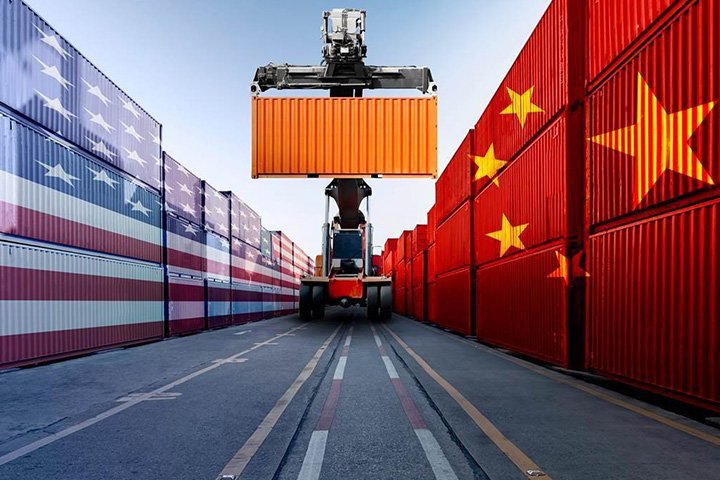
Mexico became the United States' top trading partner earlier this year as manufacturers increasingly favor regional supply systems over global supply chains. Since the US-China trade war in 2018, Mexico, Canada and China have alternately become the largest trading partners of the United States.
In terms of domestic manufacturing in the United States, the Purchasing Managers Index (PMI) rose slightly to 46.4 in July from 46 in June, which was lower than the expected 46.9. Based on historical experience, a manufacturing PMI below 50 indicates contraction in the manufacturing industry, and a PMI below 48.7 often indicates a contraction in the overall economy.
In terms of industries, the coal and petroleum products PMI was in the expansion range, and new orders for furniture, textiles, non-metallic mineral products and chemicals increased, indicating rising demand related to construction and travel. In addition, new order indexes in other industries such as clothing, down products, plastic and rubber products, and food and beverages declined.
source |
中时新闻网、招银国际
According to news from the General Administration of Customs on August 8, calculated in RMB (the same below), in the first seven months of this year, our country’s total import and export value was 23.55 trillion yuan, a year-on-year increase of 0.4%. Among them, exports were 13.47 trillion yuan, an increase of 1.5%; imports were 10.08 trillion yuan, a decrease of 1.1%; the trade surplus was 3.39 trillion yuan, an increase of 10.3%.
In July this year, our country's import and export reached 3.46 trillion yuan, a decrease of 8.3%. Among them, exports were 2.02 trillion yuan, down 9.2%; imports were 1.44 trillion yuan, down 6.9%; the trade surplus was 575.7 billion yuan, narrowed by 14.6%. The declines in imports and exports in July were less than market expectations.
Lu Daliang, director of the Statistics and Analysis Department of the General Administration of Customs, said that since the second quarter, our country's monthly import and export scale has remained stable at more than 3.4 trillion yuan. In the month of July, our country's imports and exports were at a relatively high level for the same period in history, with an increase of 25.7% compared with the same period in 2019, and 4.5% higher than the average for the same period from 2020 to 2022. Overall, our country's foreign trade import and export operations are stable and in line with expectations, and the long-term positive fundamentals have not changed.
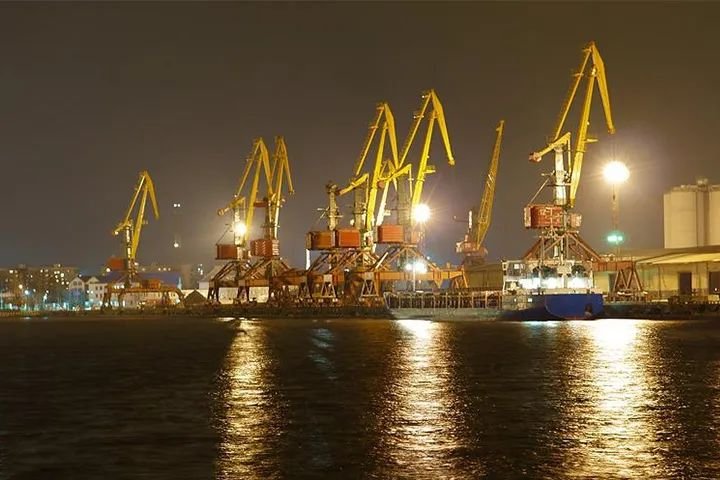
Chang Ran, a senior researcher at Zhixin Investment Research Institute, said in a research report that in July, demand in Europe and the United States contracted, ASEAN's pull was weak, the global and European and American manufacturing purchasing managers' indexes (PMI) comprehensively contracted and declined, and the United States was still in the active destocking stage, resulting in our country's exports are weak.
It is worth noting that in US dollar terms, in July this year, our country's exports to ASEAN fell by 21.4% year-on-year, exports to the EU fell by 20.6% year-on-year, exports to the United States fell by 23.1%, and exports to Japan fell by 18.4%.
In July, our country's textile and apparel exports to the world were 193.99 billion yuan, a year-on-year decrease of 13.4% and a month-on-month increase of 3.1%. Among them, textile exports were 79.78 billion yuan, a decrease of 12.9%, and a month-on-month decrease of 1.0%; clothing exports were 114.21 billion yuan, a decrease of 13.8%, and a month-on-month increase of 6.2%.
source|
金绒采编自海关总署、界面新闻
The World Meteorological Organization recently stated that July this year was the hottest July on record and the hottest month on record. According to data from the European Union's climate monitoring agency, the Copernicus Climate Change Service, the global monthly average temperature in July this year was 16.95°C, much higher than the previous record.
In addition, since April 2023, the global average sea surface temperature has continued to rise, reaching an all-time high in July, and the Antarctic sea ice area has also reached its lowest value in July since satellite observation records began.

Peru, located in the southern hemisphere, is currently in winter, but unusually high temperatures have recently occurred in Lima, the capital of Peru, with a temperature of 27.6°C recorded, breaking the historical record for the same period. Compared with the same period in 2022, the average temperature in Peru's coastal areas this winter is 3 to 4 degrees Celsius higher.
On a beach in Lima, the capital of Peru, even though it is currently the middle of winter, the beach is full of tourists playing in the water. The scene is like midsummer. Due to the high sea temperature, some unusual fish species have appeared in the coastal waters of Peru. It is expected that the Lima metropolitan area will continue to maintain high temperatures throughout August this year.
source |
央视财经
Market news situation
This week’s news is more positive than negative.
The purchasing season for autumn and winter clothing has begun, and the clothing wholesale market in the post-epidemic era is also experiencing a recovery in popularity.
The 33rd Summer Olympics will be held in Paris, France in 2024. As a fashion capital, Paris may turn sports venues into fashion shows. Orders for Olympic-style down jackets are already in the works this fall.
Our country's exports are now on a downward trend, especially the sluggish exports of textiles and clothing, which shows that the destocking phase in European and American countries is still difficult to end, and clothing orders are a headache for suppliers.
 热门排行
中国三大羽绒生产基地之—广东吴川
全球最奢侈羽绒服排行
一件羽绒服需要多少只鸭子的羽绒?
飞丝是什么?能代替羽绒?别被骗了,三种方法让你告别假羽绒服!
2017羽绒原料价格一路上涨,究竟为何?
你的羽绒服为什么钻绒?涨知识了
羽绒被的价格一般是多少 通过成本看羽绒被价格
中国羽绒服四大品牌调查:到底谁才是最强王者?
羽绒金网:羽毛、羽绒、毛绒计价
《羽绒羽毛》、《羽绒羽毛检验方法》新版标准发布,2017年7月1日实施
热门排行
中国三大羽绒生产基地之—广东吴川
全球最奢侈羽绒服排行
一件羽绒服需要多少只鸭子的羽绒?
飞丝是什么?能代替羽绒?别被骗了,三种方法让你告别假羽绒服!
2017羽绒原料价格一路上涨,究竟为何?
你的羽绒服为什么钻绒?涨知识了
羽绒被的价格一般是多少 通过成本看羽绒被价格
中国羽绒服四大品牌调查:到底谁才是最强王者?
羽绒金网:羽毛、羽绒、毛绒计价
《羽绒羽毛》、《羽绒羽毛检验方法》新版标准发布,2017年7月1日实施
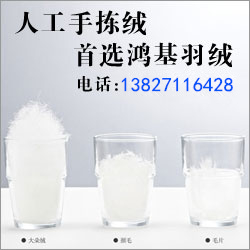 推荐阅读
“吴川力量”助中国羽绒接轨世界
中国三大羽绒生产基地之—广东吴川
中羽协第二期新国标培训班 在“羽绒之乡”广东吴川成功举办
羽绒之乡:贵港桥圩镇将打造旅游休闲特色小镇
广西贵港桥圩镇:打造中国羽绒休闲旅游特色小镇
羽绒金网:羽毛、羽绒、毛绒计价
羽绒别急着收 中央气象台发布寒潮蓝色预警 部分地区降温超12℃
上海消保委检测 千元鹅绒被用鸭毛绒填充
冻哭丨降温10℃!鸡年首个寒潮预警来袭,你准备好了吗?
传统羽绒产业如何实现转型升级?四川玉泉镇产业集群发展
推荐阅读
“吴川力量”助中国羽绒接轨世界
中国三大羽绒生产基地之—广东吴川
中羽协第二期新国标培训班 在“羽绒之乡”广东吴川成功举办
羽绒之乡:贵港桥圩镇将打造旅游休闲特色小镇
广西贵港桥圩镇:打造中国羽绒休闲旅游特色小镇
羽绒金网:羽毛、羽绒、毛绒计价
羽绒别急着收 中央气象台发布寒潮蓝色预警 部分地区降温超12℃
上海消保委检测 千元鹅绒被用鸭毛绒填充
冻哭丨降温10℃!鸡年首个寒潮预警来袭,你准备好了吗?
传统羽绒产业如何实现转型升级?四川玉泉镇产业集群发展